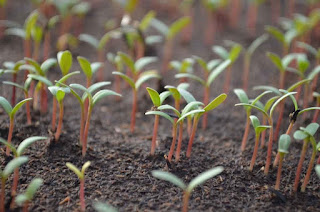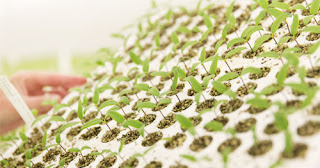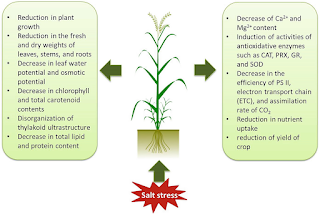Case Study: Understanding the Effect of SALICYLIC ACID on Tomato Priming

It has been found that seed priming increases the vigor of many vegetable crops To enhance tomato seed priming under high-temperature stress conditions, seed priming with salicylic acid was examined. Salicylic acid was studied to determine how it affects tomato vegetative growth, yield, and fruit quality. Three replications were conducted in a completely randomized experimental design. There were three levels of salicylic acid applied to tomatoes (0.25mM, 0.5mM, and 0.75mM). High temperatures severely reduced tomato germination and vegetative and reproductive growth. Under stress conditions, salicylic acid-primed seeds improved both germination rates and germination times. In tomato fruit, salicylic acid significantly affected the TSS, TA, vitamin C, and lycopene contents. A significant increase in tomato fruit yield was achieved with the exogenous application of salicylic acid. Methods and Materials: A surface sterilization study was conducted on tomato seeds with 0.01% HgCl2 for





